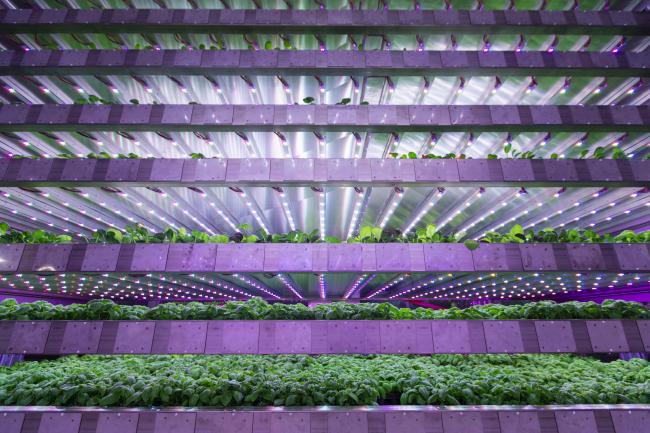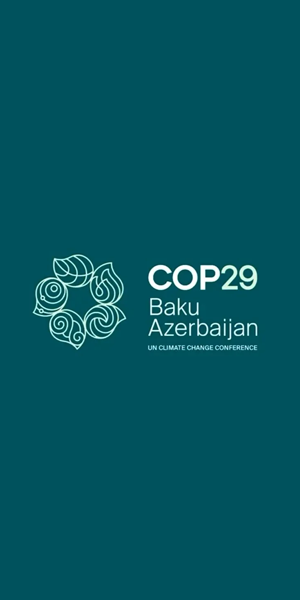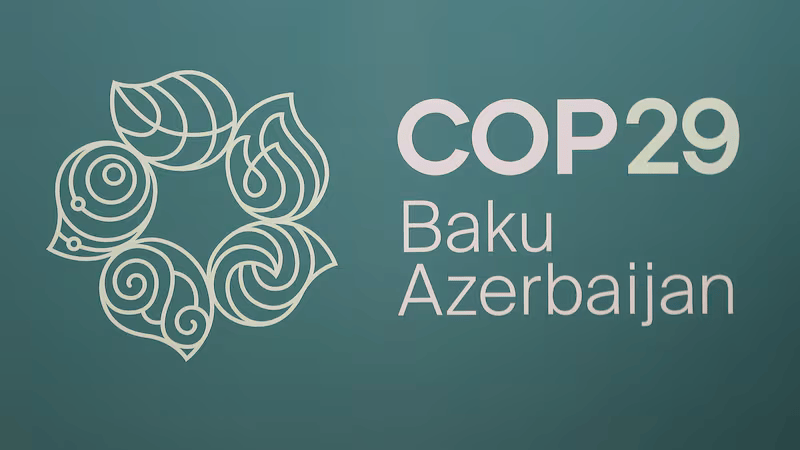
By Michel Nkurunziza
The farmers who are facing the unusual drought periods in Rwanda have requested the government to increase the funding to the irrigation scheme to make the technology affordable to all.
The appeal is made as the countries representatives are gathering in Scotland for 26th climate change summit running from October 31 to November 12.
The summit comes at a season Rwanda is facing a combination of unusual dry spells and warming as well as floods.
Innocent Niyomugabo , farmer from Bugesera District, Mayange Sector said that there is a season where they do not grow any crop due to lack of means to irrigate.
“In June every year we stop growing any crop due to lack of irrigation facilities. We till and plant again in September,” he said.
“As smallholder farmers without financial capacity, we need support to get irrigation. There was a time when drought hit us and some migrated to others for food,” he said.
Pascasie Mukabasebya, another farmer said that in October last year she counted a loss of 500 Kilogrammes of beans due to dry spells that prolonged.
“We have many lakes but the land is not irrigated. We need government support,” she said.
Ramadhan Nkundukozera said that last year, he was given food relief after drought devastated the area.
“I was expecting 300 Kilogrammes of beans and 200 Kilogrammes of maize but I harvested nothing. Later I leased a land near Lake Cyohoha which I irrigate using solar-powered pumpin. If irrigation is scaled up, it could ensure sustainable food security,” he said.
He said that the current season is also facing unusual dry spells adding they expect no harvest.
The number of rainy days in Rwanda has declined by between 35 and 45 days per year due to climate change considering the period from 1971, scientists have said.
The Rwanda Meteorology Agency has warned that parts of Eastern province and Southern province are likely to face unusual dry spells similar to those that befell the country in 2016, 2010 and 1996.
Due to global warming, trend analysis for the period 1971-2016 showed a temperature increase of 1.4°C has been recorded since 1970 causing unusual dry spells.
Drought effects on livestock
“We face shortage of cow fodder during dry spells. Some cows even die. For instance this year dry spells lasted from May to almost October. My two cows have died. Milk per cow has increased from 15 litres to five or even less,” said Serugendo Serge, a livestock keeper in Bugesera district.

He said they have not yet started to store fodder due to limited skills.
Francis Nkurunziza, another livestock farmer from Mwogo sector, said that the prolonged spells reduced eight litres to four litres per one cow as grass dried.
“My six cows died during the recent prolonged dry spells,” he said.
He said that the issue has also triggered conflicts among farmers as those facing shortage of fodder clandestinely steal from those near the wetlands.
“We plant fodder but without irrigation, it dries during such spells. We should learn techniques to store fodder but we also need varieties of fodder that can adapt to dry spells,” he said.
Is solar-powered irrigation a solution?
Dieudonné Niyodushima, the Co-founder of Exodus farm Ltd which grows vegetables in the Rilima sector of Bugesera district said that he started using diesel-powered irrigation.
“A farmer uses at least 10 litres spending Rwf1, 200 per day on one hectare. Later under the support of the government, farmers contributed to set up a dam that receives water from using solar power. Today the expenses have reduced,” he said.
The company harvests 12 tonnes of French beans per hectare every week.
He said that farmers have also grouped themselves to raise fees for regular maintenance of the irrigation facility that irrigates only 10 hectares.
Meanwhile other farmers who close these 10 hectares are counting losses as they have not benefited from the scheme.
“We have no capacity to irrigate because we have no capacity. We only exploit two agricultural seasons. Only government support can save us. They tell us to harvest rain water but it is also costly,” said Jacqueline Nyirabahizi, a farmer from Nyabagendwa cell in Rilima sector.
Godefroid Nsengiyumva, another farmer in Mayange sector in the same district said that using solar-powered irrigation has reduced the cost that they used to incur by using fuel-powered equipment.
“I could spend over Rwf6, 000 per week to get help for irrigating my crops using a diesel-powered pump but today the same amount can cover the whole season. I have one hectare I irrigate.
“We formed a cooperative of 68 members and we save money for the maintenance of the solar-powered facility because the project that funded it is closing,” he said.
Every farmer saves 5 per cent of the harvest in the cooperative to manage and maintain the built irrigation infrastructure.
However, he said he has a big land far from the lake that he can’t irrigate, adding that smallholder farmers can’t easily afford irrigation technology.
“I plant maize on another land, far from the lake, only during rainy days. The dry spell causes a loss of two tonnes that I should harvest. Harvesting rain for irrigation is also costly,” he said.
He added even those who have land near the lakes, a smallholder farmer can’t get Rwf500, 000 to buy fuel-powered equipment unless the government extends subsidies to more farmers.
Angelique Umwali, the Vice Mayor in charge of Economic Development in Bugesera District said only 3,800 hectares are irrigated in Bugesera District due to limited budget yet the district has eight lakes and a number of wetlands.
“We need to increase the area under irrigation but need more funding and partners’ support. Many farmers have limited capacity to afford irrigation and subsidies cannot reach every,” she said.
She said in the past 20 years prolonged spells reduced the district’s economy by 40 percent.
“The economy is based on agriculture and irrigation is highly needed. If the government increases the budget on irrigation, agriculture sector in our district could get a boost,” she noted.
Irrigation targets in NDCs
At the ongoing climate summit in Scotland, countries are supposed to agree on how to monitor and evaluate the implementation progress of countries’ pledges known as Nationally Determined Contributions (NDCs).
Last year Rwanda became the first country to submit its revised climate plans to the United Nations Framework Convention on Climate Change (UNFCCC) and launched its implementation last month.
The climate pledges are essential tools to implement the Paris Agreement that was signed in 2015 to reduce global warming to below two degrees Celsius.
Rwanda needs $11 billion by 2030 to mitigate climate change and build resilience to it.
The country needs $5.364 billion for adaptation to climate change and irrigation is one of the priorities.

Through NDC, the target is to increase the land under irrigation from 4 percent to 11 percent by 2030.
Rwanda has planned to invest $285 million in the use of solar water pumping systems for irrigation within agricultural production to replace diesel pumps, replace fossil fuel use which will reduce gas emissions that cause climate change and thus improves food security.
At least $24 million will also be spent on developing climate resilient crops while $109.6 million could be spent on expanding crop and livestock insurance.
Theophile Dusengimana, the Environment and Climate Change Policy Specialist at the Ministry of Environment said that through the updated NDC, Rwanda also committed to use solar water pumping systems for irrigation within agricultural production to replace diesel pumps, displacing fossil fuel use and associated GHG emissions.
“The Ministry of Environment has put in place necessary tools to integrate climate change indicators into the country’s planning process to make sure that irrigation targets like other climate change relevant targets are considered,” he said.
He said the ministry developed a NDC Monitoring, Reporting and Verification (MRV) framework that describes roles and responsibilities of stakeholders in NDC implementation in order to ensure effective monitoring, information sharing and enhanced coordination and track progress.
He noted that in the next 10 years, institutions in charge of agriculture, energy, private sector and civil society need to enhance collaboration and prioritization of solar powered irrigation.
Advocacy for irrigation initiatives prioritization in agricultural development, continued collaborative resource mobilization both streamlining domestic resources and mobilizing external resources are needed, he added.
Audace Hirwa, Director of Documentation, Publication, Communication and Technology Promotion Unit at Rwanda Agricultural and Animal Resources Development Board (RAB) said that The total area currently under irrigation is 67,100 Hectares composed of 37,273 ha of marshlands, 9,439 ha of hillside and 20,388 ha of Small Scale Irrigation Technology.
102,284 hectares target
Rwanda target to irrigate 102,284 Hectares by 2024.
However, he said, it is not easy to irrigate far from water bodies as the investment cost goes high.
Meanwhile he said, “Farmers are given 50 percent subsidy to buy water harvesting equipment such as tanks, dam sheets but also solar water pumps with capacity to pump uphill on 75 percent subsidy. Where applicable also they are given subsidy if they need to do water drilling,” he said.
To afford such technologies, he said, farmers are advised to work together cooperatively.
“Once they are grouped they can be given 75 percent subsidies and their contribution would be 25 percent which can be raised through loan from banks or they can be linked with NGOs (to support their contribution,” he said.
He said The Government avails Rwf2 billion every fiscal year to support irrigation adding more funds come from partners.
He added that the percentage of solar powered irrigation is small compared to the total irrigated area adding that since 2015 the demand increased and now 1,200 Hectares are irrigated by solar power.
“The Government support is available to support solar powered irrigation and this fiscal year it was increased at 75 percent subsidy. It is expected that the need for this technology will increase,” he added.










